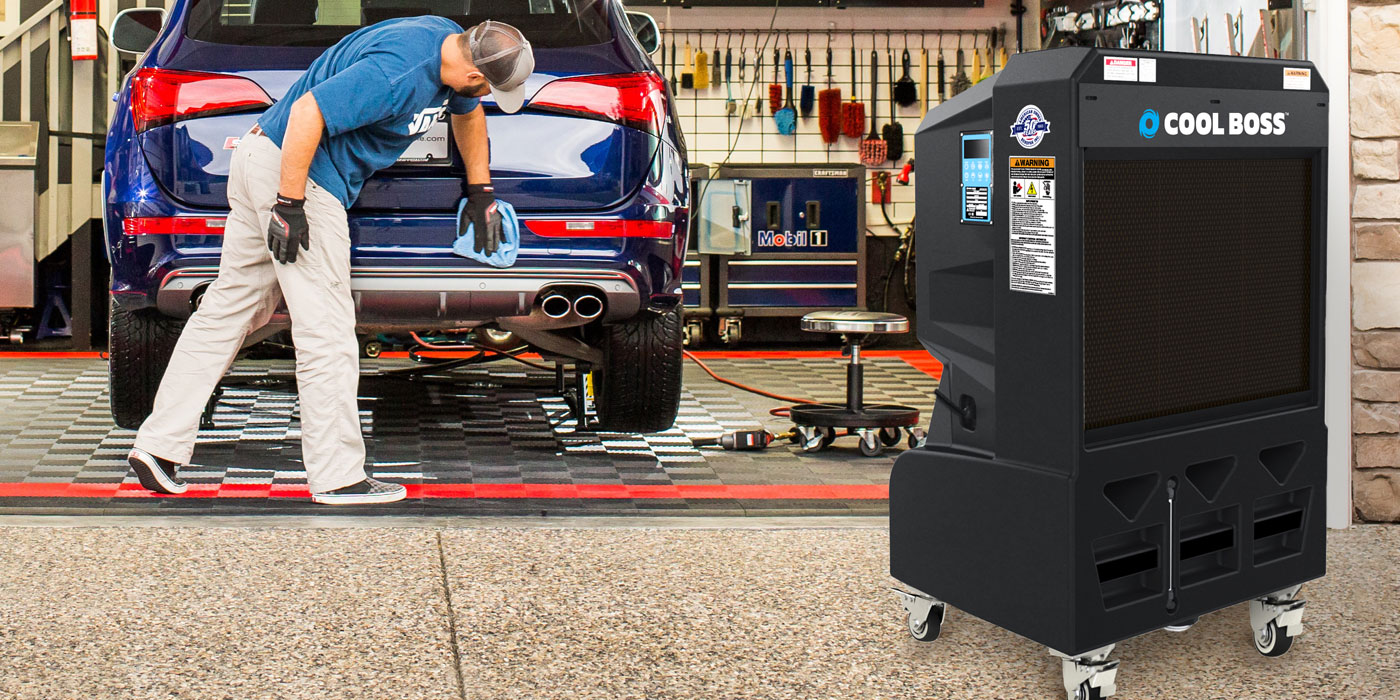The professional carwash industry has undergone a sea change when it comes to water conservation. Due to new technologies and systems, most facilities are now using far less water than they were just a few short years ago, as well as finding more and more ways to reuse and reclaim water.
According to Chuck Howard, owner, president, and CEO of AutoBell Car Wash, which has 63 locations throughout the southeast U.S., “We are definitely using less water today than just a few years ago. These new technologies involve everything from recycling water to installing toilets and urinals that use considerably less water [even no water in some cases] than older systems.” Howard’s comments are supported by Gary Hirsh, president of New Wave Industries, manufacturer of PurClean and PurWater Recovery Systems. According to Hirsh, “Water recovery systems are one of the most important advances in water reducing technologies for professional carwashes. [This is because] they can recover, filter and reuse up to 90 percent of the water used by the carwash without impacting wash quality … making carwash facilities very environmentally efficient.”
The future looks dry
From an environmental standpoint, using water more efficiently is something we must all learn to do both at work and at home. More and more experts now agree that many parts of the world ― including locations here in the U.S. ― can anticipate serious water shortages in the near future. But there is a financial reason to conserve water as well: Water is increasingly in short supply and is therefore becoming much more expensive. This issue will obviously impact professional carwashes.
In the Chicago area, for instance, where the cost of water has recently doubled, carwashes, laundries and other locations that use lots of water are already re-evaluating the way they use water because of these new higher rates. While new technologies and innovations are already helping facilities to use water more efficiently, we must all take this a step further.
Many experts agree that building what can be termed a “culture of water conservation” is quickly becoming a necessity. For those in the carwash business, this would mean creating an environment in which all staff members think, feel and act with water conservation and water efficiency in mind. This idea, which has the potential to have an enormous impact on water conservation, should actually be the next step for any facility that wants to reduce its water consumption and use water more efficiently.
Getting your staff on board
There are several steps that can be taken to create a culture of water conservation. In fact, many of these steps have already been implemented in other businesses and industries for a variety of reasons. For instance, many advertising agencies use these same steps to create a culture of creativity; some law firms brand themselves by creating a culture fostering old world values and conservatism; and many hotels work to create a culture of friendliness and hospitality for their guests.
What steps must be taken to create a culture of water conservation?
- It starts at the top: In order for a culture of any kind to be created in an organization, it must start as a goal pursued by the owner of the business or its top executives. Once this is established, the ideas will begin to filter throughout the rest of the organization.
- Create goals: Water conserving goals are very important and will certainly be necessary in carwash facilities. Set a goal to reduce water consumption by a certain percentage each year. Business goals can mobilize workers, making them feel that they are working together toward a specific target. This can help to create the type of culture that management wants to encourage.
- Communicate: Once your plan and goals are created, the next step is to communicate those ideas to all workers. Let them know why the program is being implemented and encourage questions and feedback. This will help to get staff behind the program, which is essential to creating any kind of culture.
- Be consistent: One of the most damaging things that can happen when trying to create a workplace culture is for an organization to change direction once a plan has been put into place. Inconsistencies confuse people and impact executive credibility. This lack of confidence will make any new program or direction harder to implement.
Create cultural team leaders
Designating team leaders is usually an essential step when building a culture of water conservation. Select at least one employee as the designated “water monitor”; this individual will be responsible for monitoring where water is being used, where it can be saved and where it is being wasted. The team leader should encourage workers to suggest ways to reduce water consumption.
Using these suggestions, along with other information, the team leader can research new ways of operating the facility in an effort to use water more efficiently. This is usually accomplished by holding meetings with staff and discussing their ideas in a roundtable setting.
Simple Strategies for Big Results ▼
Always remember, employees are the eyes and ears of a carwash facility; in many cases, they will come up with the very best ideas when it comes to reducing water usage. The more involved they are, the more likely they are to become a part of a water conservation culture.
Finally, show employees the results of the program and offer them rewards for meeting goals. A good way to accomplish this is to post graphs showing the results of water conservation efforts. To collect the data to create these graphs, managers will need to begin to document water use and conservation efforts, have inspections, and track the results of related programs and activities. If specific ideas suggested by a worker prove valuable, offering a reward can pay dividends.
Not only does this acknowledge and thank the worker or workers that suggested the idea, but it also brings the entire staff together, focused on the same idea. This is what creating a culture is all about.
A frequent speaker and author on water conservation issues, Klaus Reichardt is founder and CEO of Waterless Co. Inc, Vista, CA, which manufactures waterless urinals. Reichardt founded the company in 1991 with the goal of establishing a new market segment in the plumbing fixture industry with water conservation in mind. He may be reached at [email protected].














